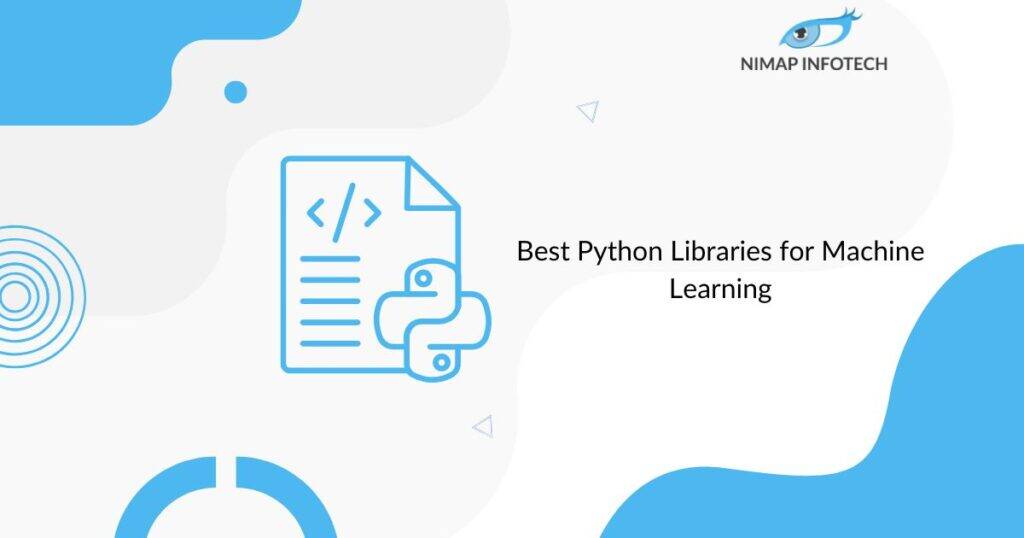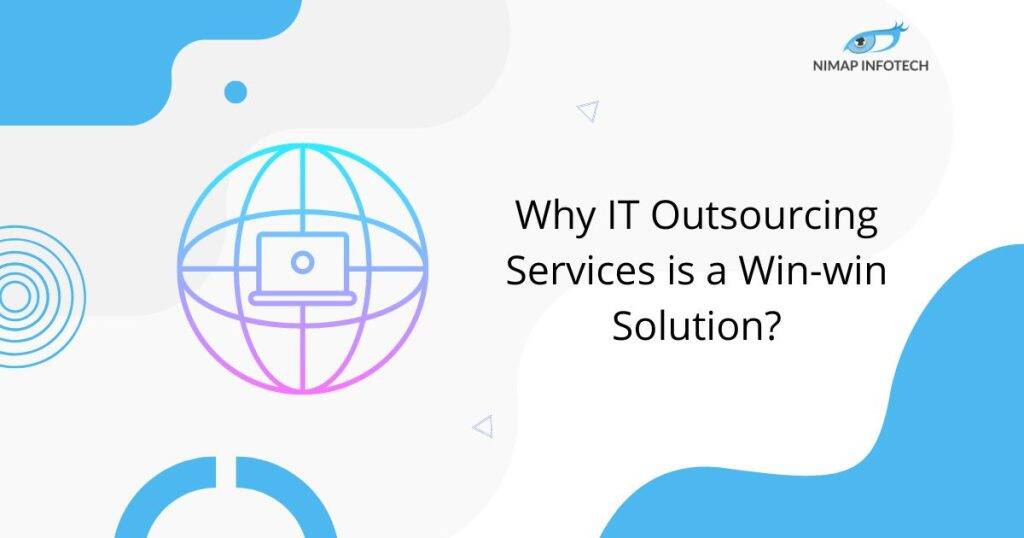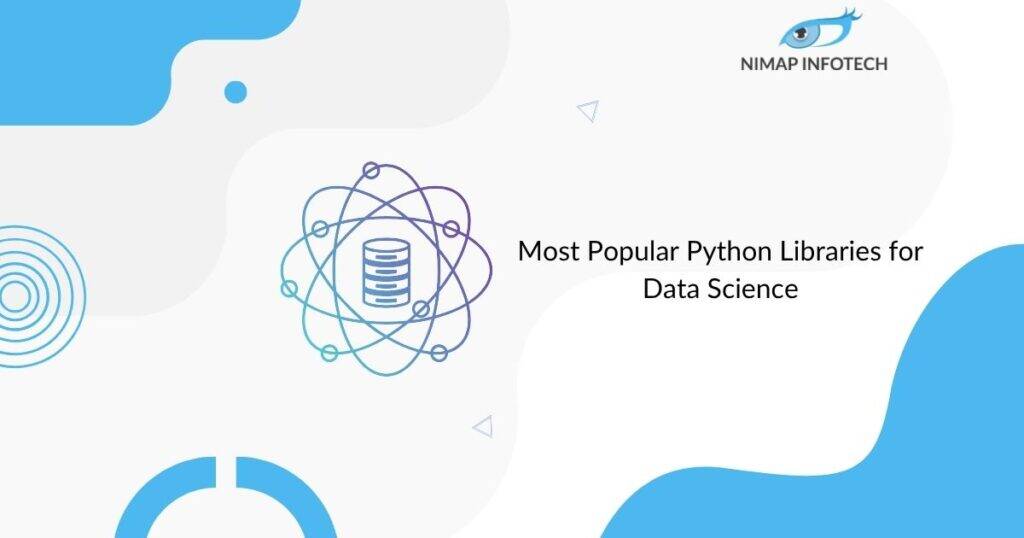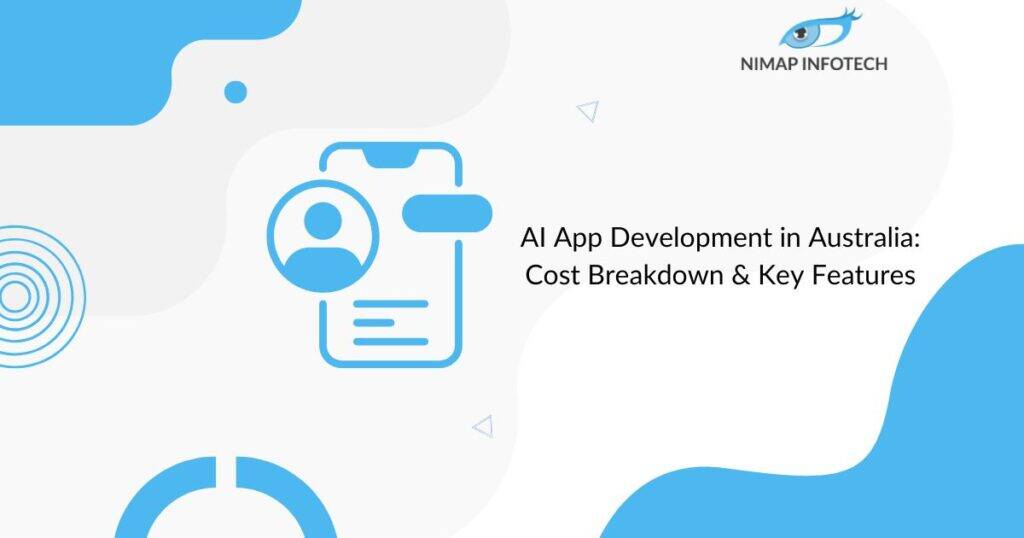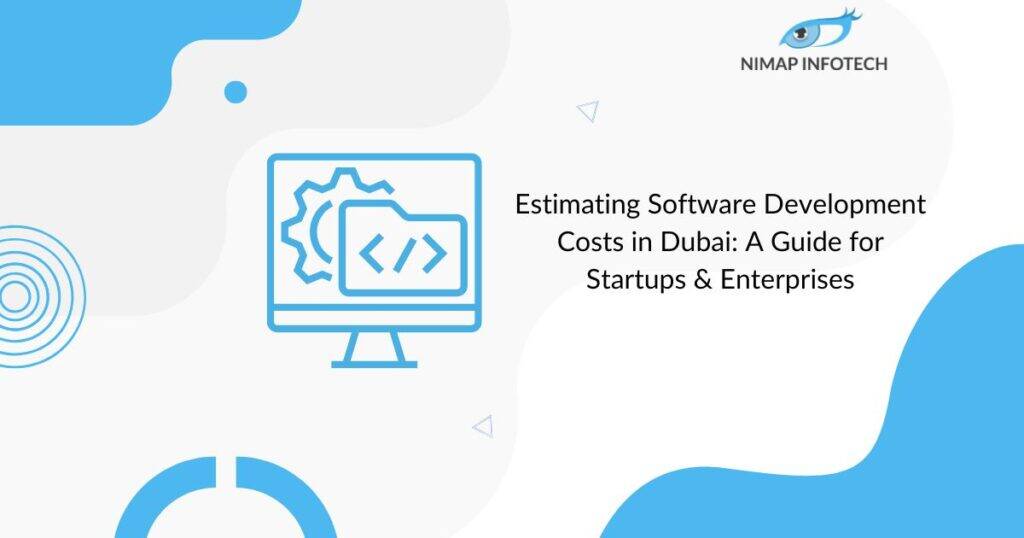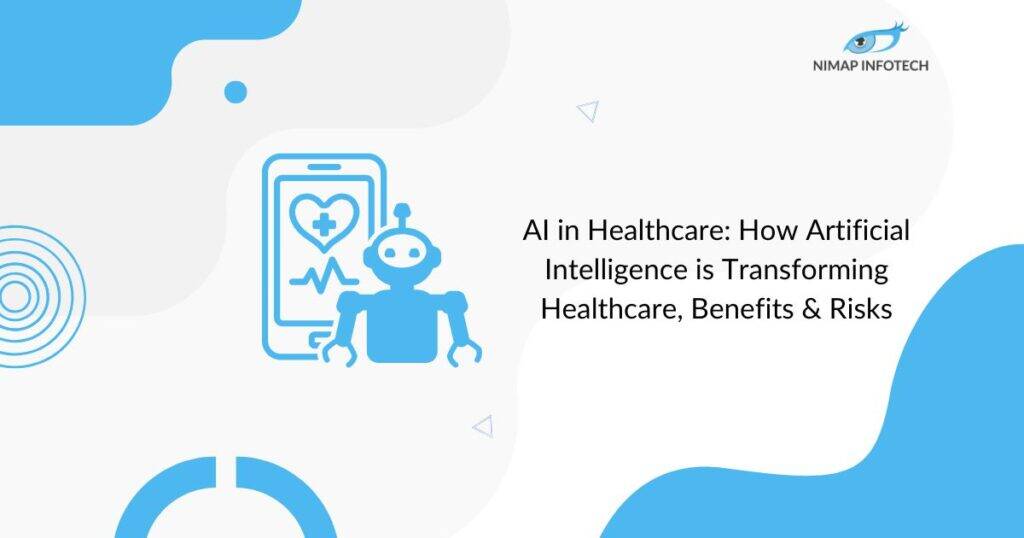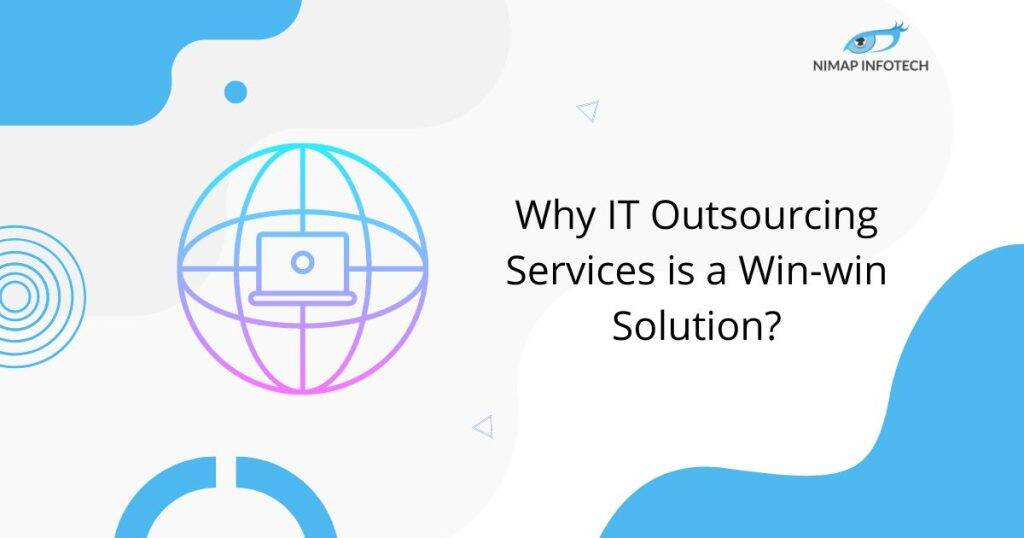Summary
Explore the top Python Libraries for Machine Learning in 2025 that power smarter models, faster development, and scalable AI solutions.
Table of ContentsToggle
Introduction
Python is one of the most used programming languages, popular, especially in the fields of data science, artificial intelligence and machine learning because of how easy it is to code and its object oriented programming characteristics. Its syntax is simple, readable, and developer-friendly, making it a favorite among both beginners and experts. What makes Python an easy-to-code and accessible programming language are the thousands of its libraries available on the Internet. All thanks to the talented Python developers around the world who with their skills and knowledge have created a multitude of libraries for different use cases.
Python’s superior versatility and compatibility make it a vital programming language, particularly in machine learning, due to its inherent adaptability. Being a clear and concise programming language makes it readable and understandable. Faster runtime and community support are other factors for Python’s domination in all fields. The vast amount of useful libraries is a cherry on top.
Python libraries are the lifeline of machine learning. These libraries have subsequently speeded up the process and enabled developers and researchers to experiment, deploy and iterate with greater efficiency. This is an extensive list of 15 Python libraries you should be familiar with in 2025 if you’re working with machine learning.
Important Python Libraries for Machine Learning
Beautiful Soup
- Many beginners use Beautiful Soup, a Python library designed primarily for web scraping.
- It actively parses HTML and XML documents.
- The ability to parse through tag-filled markup files with arbitrary data makes it a powerful tool for collecting training data from websites.
- It pairs well with requests and is often the first step in building data pipelines for natural language or sentiment analysis models.
- You can use Beautiful Soup to gather custom datasets, even from malformed formats, when training NLP (natural language processing) models.
Why is it used?: Web scraping, HTML and XML parsing.
Scikit-learn
- Scikit-learn (also known as ‘sklearn’) is an open-source machine learning programming language, built upon other foundational Python libraries such as NumPy, SciPy, and Matplotlib.
- Developers also use it to efficiently implement algorithms like Support Vector Machines (SVM), Random Forest, and k-Nearest Neighbors (k-NN).
- Built on top of foundational Python libraries like NumPy and SciPy, this library also consists of tools for data preprocessing, feature selection and model evaluation.
Why is it used?: Classification, regression, clustering, prototyping, dimensionality reduction.
Optuna
- Optuna automates hyperparameter tuning using efficient search algorithms.
- Optuna, built specifically for machine learning, actively auto-optimizes model parameters using efficient search algorithms.
- It supports pruning of unpromising trials using median rule.
- Optuna is popular for its built-in visualizations, convenient web interface and dashboard (Optuna Dashboard).
Why is it used?: Integrates well with the popular, widely-used machine learning libraries and frameworks such as XGBoost, LightGBM and PyTorch.
Pandas
- Pandas, an open-source, free library is fast and flexible for data handling tasks.
- Data scientists highly favor Pandas, and it continues to play a key role in the machine learning ecosystem due to its suitability for initial data exploration and preprocessing.
- Pandas, a core Python library, handles, transforms, and analyzes data efficiently. It loads, cleans, filters, and transforms data, essential steps for effectively training any machine learning model.
Why is it used?: ETL tasks, exploratory data analysis and data integration.
Keras
- Keras is a high-level neural networks API. Engineers use it to build production-grade ML pipelines and deploy models at scale.
- Originally a standalone software, it now integrates with the TensorFlow library and offers high-level and low-level APIs to power end-to-end ML training, serving, and mobile inference workflows.
- Keras, powered by TensorFlow’s scalability, enables fast experimentation, supports Multi-GPU, TPU, and distributed training, and runs seamlessly across browsers, mobile devices, and web APIs.
- Researchers and industry professionals widely use Keras to build recurrent and transformer-based models. Keras acts as a user-friendly interference for Tensorflow, simplifying the process of building and training deep learning models.
Why is it used?: Quick development and training of deep learning models, deployment on edge and cloud.
TensorFlow
- TensorFlow, an open-source framework developed by Google, is a popular choice for artificial intelligence, deep learning research and machine learning.
- It is a free library which provides a comprehensive set of tools and community support, along with resources for developing and deploying machine learning models.
- TensorFlow brings a lot of versatility for different development needs, such as support for multiple programming languages other than Python, like C++, Java and JavaScript.
- It is also a flexible framework which extends support to various machine learning and deep learning applications.
- TensorFlow, combined with Keras, simplifies neural network operations, allows rapid prototyping and makes it easy to train models.
Why is it used?: Production-grade ML pipelines, developing and training models, multi-platform support.
PyTorch
- Meta AI (formerly Facebook AI Research, or FAIR) developed PyTorch, a machine learning library for Python built on the Torch framework.
- Developers praise PyTorch for offering dynamic computation graphs and intuitive design patterns.
- PyTorch is for deep learning and tensor computation. PyTorch uses dynamic computation graphs, letting you define the graph structure during execution, which simplifies debugging and model experimentation.
- PyTorch provides powerful tensor operations, GPU acceleration via CUDA support and automatic differentiation using the autograd engine.
- You can use PyTorch to build neural networks from scratch.
- The availability of image datasets and pre-trained models for structured training workflows is an advantage.
- Researchers utilize PyTorch for its modularity, readability, and flexibility.
Why is it used?: Dynamic computation graphs of PyTorch makes debugging simple, transfer learning with pretrained models, speech recognition and academic research.
NumPy
- NumPy, short for Numerical Python, is the foundational Python ML library for numerical and scientific computing.
- NumPy offers capabilities to process large-scale arrays. It also provides an extensive suite of mathematical operations such as element-wise computations, linear algebra and statistical functions. These array structures support broadcasting, slicing and advanced indexing.
- NumPy provides core numerical operations including basic arithmetic, linear algebra, Fourier transforms, random number generation, matrix operations and statistical functions.
- Prominent Python libraries in data science and machine learning, rely on NumPy arrays.
- Functions such as array creation and manipulation, matrix construction, preprocessing and batch operations during training form the foundation for machine learning tasks.
Why is it used?: Dataset reshaping, standardization and distance calculations are done with NumPy arrays.
Matplotlib
- Matplotlib is a Python toolkit for plotting and visualizing numerical data stored in arrays, utilizing NumPy for data visualization.
- In typical machine learning tasks, developers often use NumPy to generate or process numerical data as arrays, while Matplotlib visualizes those datasets.
- Matplotlib excels at visualizing numerical data, making it ideal for scientific computing and machine learning.
- It provides a broad interface for creating static, animated and interactive plots. Matplotlib is the foundational data visualization tool, used in machine learning to understand patterns, detect outliers and evaluate model behavior.
Why is it used?: Supports extensive customization, which includes plot styles, color maps, figure sizes, annotations and subplots.
SciPy
- SciPy, often called ‘Scientific Python,’ actively powers scientific computing as a popular open-source Python library.
- Built on top of NumPy, it provides advanced mathematical, statistical and technical computing functions.
- It contains modules for optimization (scipy.optimize), integration (scipy.integrate), interpolation, image processing, linear algebra, and sparse matrix computation.
- SciPy handles complex numerical operations that go beyond NumPy’s capabilities.
- SciPy’ is critical in working with high-dimensional data like text embeddings and graph adjacency matrices.
Why is it used?: SciPy’s algorithms for linear algebra and statistical tests are helpful in feature engineering, model evaluation and custom ML algorithm design.
Dask
- Dask is a Python library that enables parallel computing on non-memory datasets, extending the capabilities of NumPy, Pandas, and scikit-learn.
- Dask’s APIs, which are similar to PyData libraries, make it easy for users to adapt.
- It allows for parallel processing of code on multiple cores of a machine.
- Dask efficiently handles real-world production-scale data in ETL processes, and enables distributed preprocessing, feature engineering and model training without needing to change code drastically.
Why is it used?: Dask is used when parallel processing is required for speed.
Seaborn
- Seaborn is a statistical data visualization tool. Built on top of Matplotlib, it provides a high-level API for creating informative charts with less code.
- Seaborn integrates closely with Pandas, making it ideal for visualizing scattered data in machine learning.
- It includes specialized plots such as box plots, point plots, pair plots, heatmaps, relational and categorical scatter plots which helps to understand feature distributions and relationships.
- It guides with model design and data preprocessing decisions by being helpful with plotting feature correlations, confusion matrices, and class distributions.
- Seaborn simplifies the process of generating multi-variable plots and handles themes, color palettes and layout spacing.
Why is it used?: Seaborn is used to create appealing and statistically insightful visualizations during data exploration and reporting.
Plotly
- Plotly is a Python-based, open-source graphing library designed for facilitating interactive charts and visualizations in web browsers and similar environments.
- Plotly works well with Pandas and NumPy and supports a wide range of chart types such as line charts, bar plots, heatmaps, box plots, scatter plots, 3D surfaces and even choropleth maps.
Why is it used?: Plotly is used for interactive data visualization in machine learning.
FastAI
- FastAI is a high-level deep learning library built on top of PyTorch. It simplifies model training by applying best practices.
- FastAI’s DataBlock and Learner APIs allow rapid prototyping of models across domains like vision, text, tabular and collaborative filtering.
Why is it used?: FastAI is used to accelerate and simplify the deep learning process, especially for practitioners and applied ML engineers.
CatBoost
- CatBoost, abbreviation of “Categorical Boosting”, is an advanced gradient boosting framework from Yandex.
- CatBoost has the ability to process categorical boosting without any extra encoding techniques.
- It supports supervised learning tasks such as classification, regression and ranking tasks, and is known for its strong performance with minimal parameter tuning, ease of use, speed, stability and accuracy on tabular data.
Why is it used?: CatBoost is used for gradient boosting tasks where the dataset contains many categorical variables.
Conclusion
Python will continue to dominate the machine learning field because of its ecosystem built by years of open-source collaboration and academic research. The real strength of Python lies in the language itself, along with its libraries that extend its capabilities.
Python will remain the programming language of choice for machine learning due to its simple syntax and readability making it easy for newcomers to enter the field. It is important to carefully select the right Python machine learning libraries for your development projects, and with a better understanding of these Python ML libraries and your requirements, you are well-equipped to achieve your goals.
Choosing the right Python libraries for machine learning can significantly boost your project’s performance and efficiency. Whether you’re building models from scratch or scaling existing solutions, the right tools matter. Partnering with an experienced Python development company can help you unlock the full potential of these libraries and accelerate your ML journey in 2025.
FAQs
The most important Python libraries for machine learning in 2025 include TensorFlow, PyTorch, Scikit-learn, and XGBoost. They’re powerful, well-supported, and widely used.
Python libraries for machine learning simplify complex tasks, offer pre-built models, and integrate easily with data tools, making development faster and smarter.
Yes, a skilled Python development company can help you choose, customize, and integrate the right machine learning libraries for scalable ML solutions.
Absolutely. Most popular ML libraries like TensorFlow and PyTorch are open-source, enterprise-ready, and backed by large developer communities and tech giants.
Yes, upgrading ensures better performance, security, and compatibility with the latest machine learning libraries. Just check library support before updating.
Author
-

With 14+ years in IT and entrepreneurship, I co-founded Nimap Infotech, a digital transformation company that has delivered 1200+ projects and built a team of 400+ engineers. I’ve also led mobile development teams at Accenture India and IBM Apple Garage and developed a network of 7k+ iOS and Android developers. As an Angel Investor, tech advisor, and mentor, I actively engage with the startup ecosystem.
View all posts

